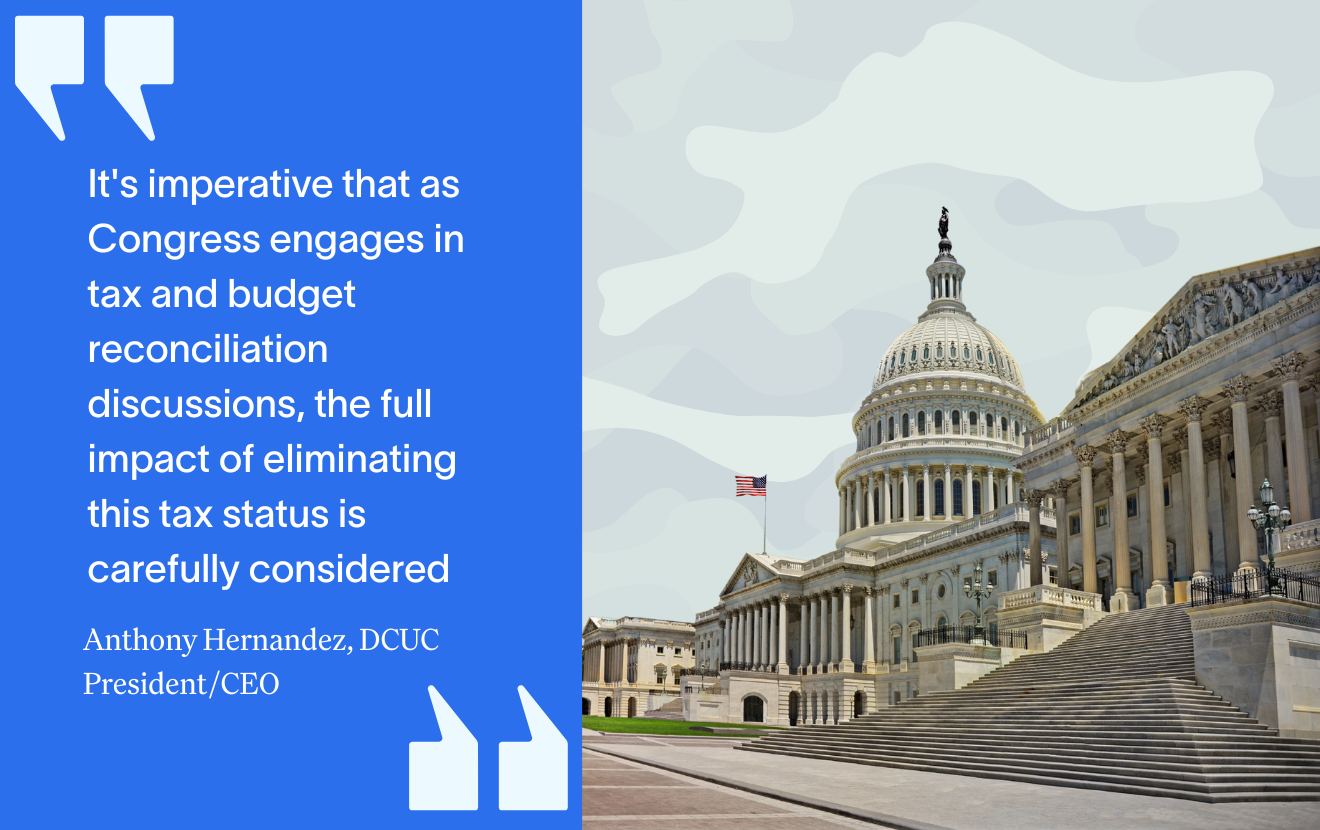Compliance leaders may have rubbed their eyes in amazement when they saw the figures recently released in the latest Banking Compliance Index (BCI), our quarterly tracking index that measures the incremental cost burden on financial institutions (FIs) to keep up with regulatory change. The rate of enforcement activity against FIs plunged to a historic low in the third quarter of 2016, dropping to 6.54%, the lowest enforcement rate since the BCI was introduced in 2013.
After picking up their jaws from the floor, compliance professionals probably wondered:
1) Why the decline in enforcement actions?
2) Are we entering an era of less onerous enforcement?
3) Can we relax a bit in the oversight of our own programs?
As it turns out, the stunning drop in enforcement actions in Q3 may not reflect any significant easing of the burden for FIs. It appears as though environment and timing may be to blame versus any substantive reduction in the regulators’ enforcement appetites.
- A Presidential Election-Year Effect – Our Regulatory Operations Center® analysts pointed out that enforcement activities also dropped in Q3 during both 2008 and 2012. Although those earlier decreases were not as dramatic as the one this year, they all came in quarters immediately preceding presidential elections.
Since the 2016 elections offer especially divergent post-inaugural scenarios, federal supervisory agencies may be holding back in many areas, including enforcement. But if previous election-year trends repeat, we should expect a climb in enforcement activities once the votes are in and the dust has settled.
- Fewer Financial Institutions– In part because of onerous regulations, there are simply fewer FIs in 2016 to elicit enforcement activities. FI mergers, consolidations and closings have resulted in a loss of 290 FIs in the past year alone. The overall decrease from 7,019 FIs at the start of 2013 to 6,058 in Q3 of 2016 appears epidemic compared to prior periods of history.
- Greater Complexity of Enforcement – The lower total number of enforcement actions was offset by a 250% spike in the number of items addressed within each action, rising from an average of four in the past year to 14 items per action in Q3. Much of the regulatory activity was focused on larger institutions with highly complex procedures that resulted in numerous articles requiring attention as part of remediation.
History suggests that practices that lead to infractions that are initially addressed at larger FIs often trickle down later to be scrutinized in smaller institutions. Combine this with the drop-off in the number of institutions, and the likelihood of intensive enforcement may increase for all.
- External Scrutiny of Regulators – Congress and the courts have been pushing back against aggressive actions taken by the Consumer Financial Protection Bureau. This increased attention may be causing other federal and state agencies to act with greater discretion in imposing punitive measures. This extra attention may also trigger a slower pace to issuing new regulations, but there is little to suggest that we’ll see any significant roll-back or elimination of existing rules.
Even as the Enforcement Rate Drops, Compliance Costs Mount
Despite the drop in enforcement activity in Q3, the costs of regulatory compliance for FIs nonetheless climbed. The average FI will require 1.63 additional full-time employee equivalents (FTEs) just to deal with the regulatory changes introduced between July and September of 2016, bringing the trailing twelve months’ average compliance cost to $150,676.
The number, scope and complexity of regulations are all likely to continue mounting, making it critical that FIs implement robust and scalable solutions for compliance management. Compliance leaders should consider:
- Building Out Staffing Options – FIs may seek to add permanent members to their compliance teams. But given the volatility in the Index’s numbers, it could be wise to consider more flexible staffing options, such as bringing on part-time or contract workers for help during peak periods.
- Creating Standardized Systems for Integrating New Regulations – Many FIs would benefit from updating and standardizing the ways they handle compliance workflows and processes. A method that accounts for consistent handling of new rules across the entire organization must be dynamic and flexible to better manage the constant release of new rules. Regulatory agencies need to see detailed records that demonstrate active, up-to-date compliance procedures.
- Adding Regulation Technology Systems – New cloud-based compliance management solutions can help to reduce the regulatory burdens for FIs. Best-in-class systems automate all aspects of compliance management, enabling institutions to stay abreast of new rules while managing or mitigating enforcement risks.
As welcome as it is to see the record drop in enforcement activity for Q3, there’s no reason to expect any ongoing reduction in either the number of new regulations or in the risks of enforcement. Given the broad range of agencies involved and their consistency in issuing new mandates quarter after quarter over the past four decades, regulatory demands will continue to challenge FIs for the foreseeable future. In such a volatile environment, compliance leaders would be best served by steering clear of complacency. Using any perceived lull to focus on modernizing and upgrading the ways you manage compliance will be time well spent.







